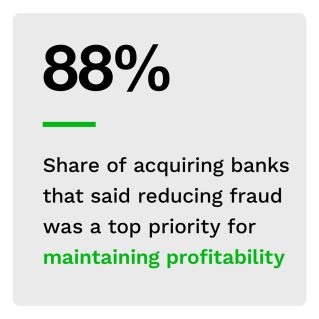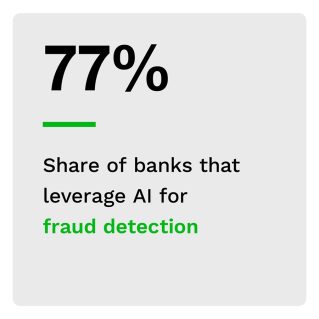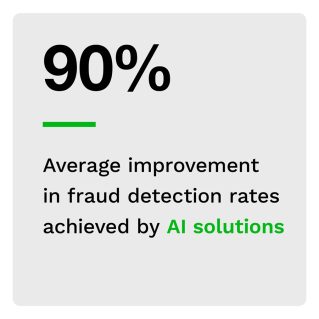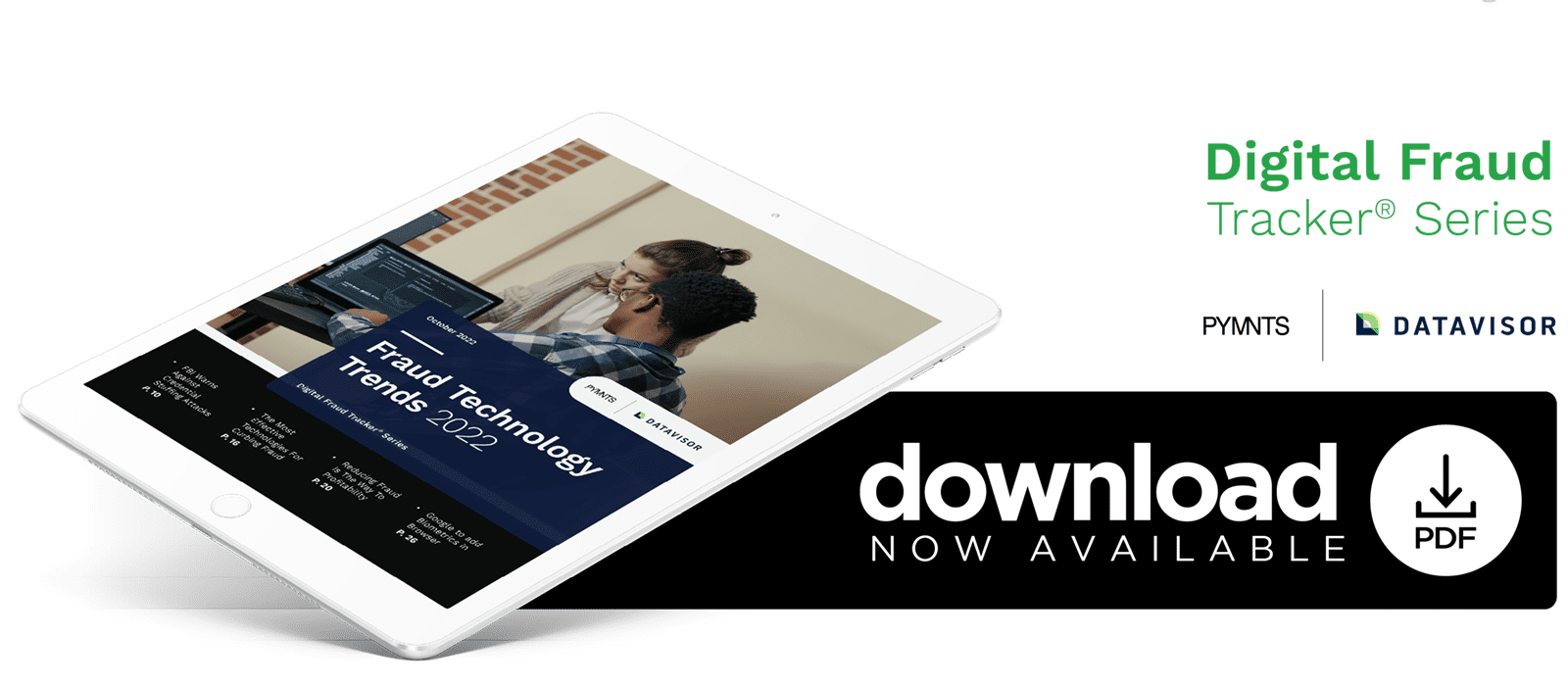More than Three-Quarters of Acquiring Banks Use AI to Reduce Payment Fraud

Digital fraud is as old as the internet itself, and bad actors continuously develop new techniques while refining old ones. Fraudsters can deploy old-fashioned confidence schemes on a far greater scale than they can in person, with fraudsters leveraging social engineering and phishing schemes to convince victims to give up information of their own accord. Other bad actors wield high-tech methods such as botnets, brute force attacks and credential stuffing, automating these tactics via artificial intelligence (AI) and machine learning (ML) to conduct thousands of attacks every hour.
Nearly half of all organizations reported being targeted by fraud this year, stemming from a wide variety of sources. Almost 70% reported attacks from external sources, with some of the most common being hackers and organized crime rings. Bad actors’ targets are also varied: Some try to access funds directly, while others attempt to steal personal data, such as passwords, to sell to other hackers on dark web marketplaces.
This edition of the “Digital Fraud Tracker®” examines the latest developments in worldwide fraud trends and the best tools for keeping digital fraud at a minimum.
Around the Digital Fraud Space
There are countless types of digital fraud in circulation, and more are being introduced every day as bad actors refine their techniques. Identity scams are still some of the most common, according to the Identity Theft Resource Center (ITRC). The ITRC recorded an 8% increase in identity misuse incidents, with 40% of these occurrences related to financial accounts. New-account fraud comprised 64% of the latter, and account takeovers accounted for 36%.
 Another fraud method quickly gaining traction is credential stuffing, in which a bad actor tests out stolen passwords and usernames in the hope of obtaining a match. A prevalent innovation in this time-honored technique is disguising these tests via hijacked IP addresses, according to a recent warning from the Federal Bureau of Investigation (FBI). Fraudsters thwart automated fraud defenses by hiding behind IP addresses stolen from everyday internet users rather than using those known to the defense systems.
Another fraud method quickly gaining traction is credential stuffing, in which a bad actor tests out stolen passwords and usernames in the hope of obtaining a match. A prevalent innovation in this time-honored technique is disguising these tests via hijacked IP addresses, according to a recent warning from the Federal Bureau of Investigation (FBI). Fraudsters thwart automated fraud defenses by hiding behind IP addresses stolen from everyday internet users rather than using those known to the defense systems.
For more on these and other stories, visit the Tracker’s News and Trends section.
Qolo’s Approach to Fraud-Fighting Technology
Fraudsters target companies of all sizes and in all industries, taking every chance they can to steal funds or data. There are countless different techniques at play, ranging from technologically-advanced tactics such as botnets to old-fashioned methods that prey on users’ unawareness, including confidence schemes and phishing.
In this month’s Insider POV, PYMNTS talks to Darren Beyer, chief product and strategy officer at Qolo, about 2022’s most pressing fraud threats and the right tools to fight them.
Human Intelligence Is Insufficient to Fight Fraud
Bad actors are constantly developing new techniques and technologies to steal hard-earned revenue and data, often turning around and selling that information to other fraudsters. A recent study found that 97% of eCommerce fraud prevention decisionmakers around the world had experienced some sort of fraud at their organizations within the past 24 months, and the metrics for individual consumers are hardly better.
This month, PYMNTS explores why companies must augment human intelligence with advanced technology in the battle against fraud.
About the Tracker
This edition of the “Digital Fraud Tracker®,” a PYMNTS and DataVisor collaboration, examines the latest developments in worldwide fraud trends and the best tools for keeping digital fraud at a minimum.
